Search results for 'rco and 1 1 AND OR ('
-
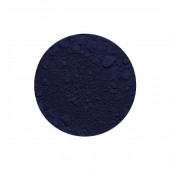
Phthalo Blue Pigment
Starting at: £8.00
-
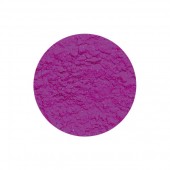
Cobalt Violet Light Pigment
Starting at: £10.00
-
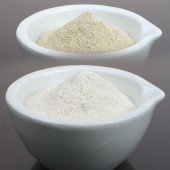
Gum Tragacanth
Starting at: £20.00
Call to Order
-
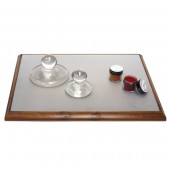
Mixing Slab
Starting at: £24.00
-
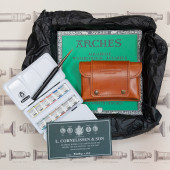
Cornelissen Gift Set, Watercolour
£150.00
-
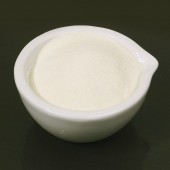
Casein Lactic
Starting at: £15.95
-
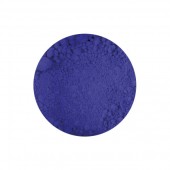
Cobalt Blue Pigment
Starting at: £6.50
-
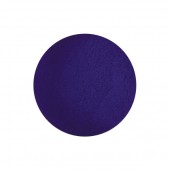
Prussian Blue Pigment
Starting at: £5.20
-
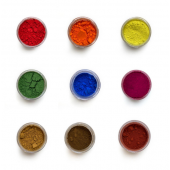
Small, 15ml Pigment sizes
Starting at: £4.00
-
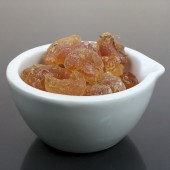
Gum Arabic
Starting at: £6.30
-
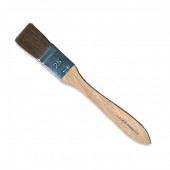
Cornelissen Ox Flat Lacquer
Starting at: £12.90
-
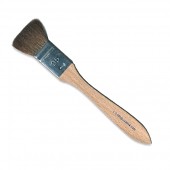
Cornelissen Squirrel Flat Lacquer
Starting at: £20.05
-
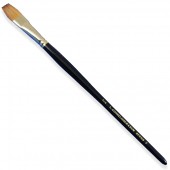
Cornelissen Series 2 Kolinsky Sable
Starting at: £35.80
-
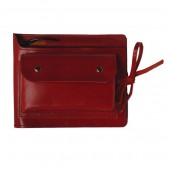
Leather Chelsea Watercolour Case and Pad
Starting at: £88.85
-
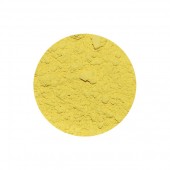
Naples Yellow Light Pigment
Starting at: £7.40
Call to Order
-
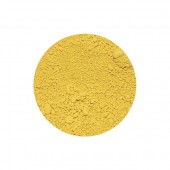
Naples Yellow Dark Pigment
Starting at: £7.40
Call to Order



